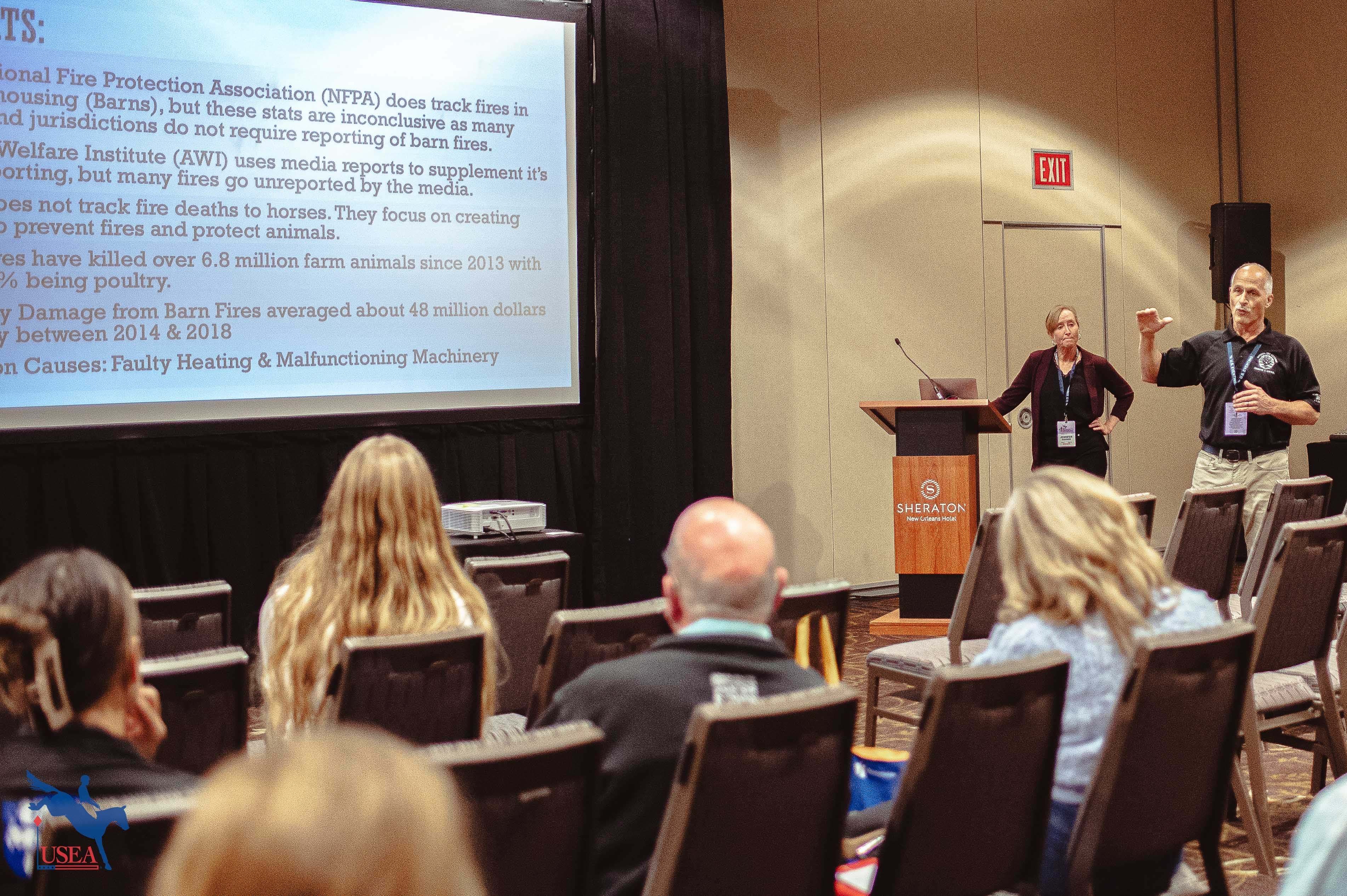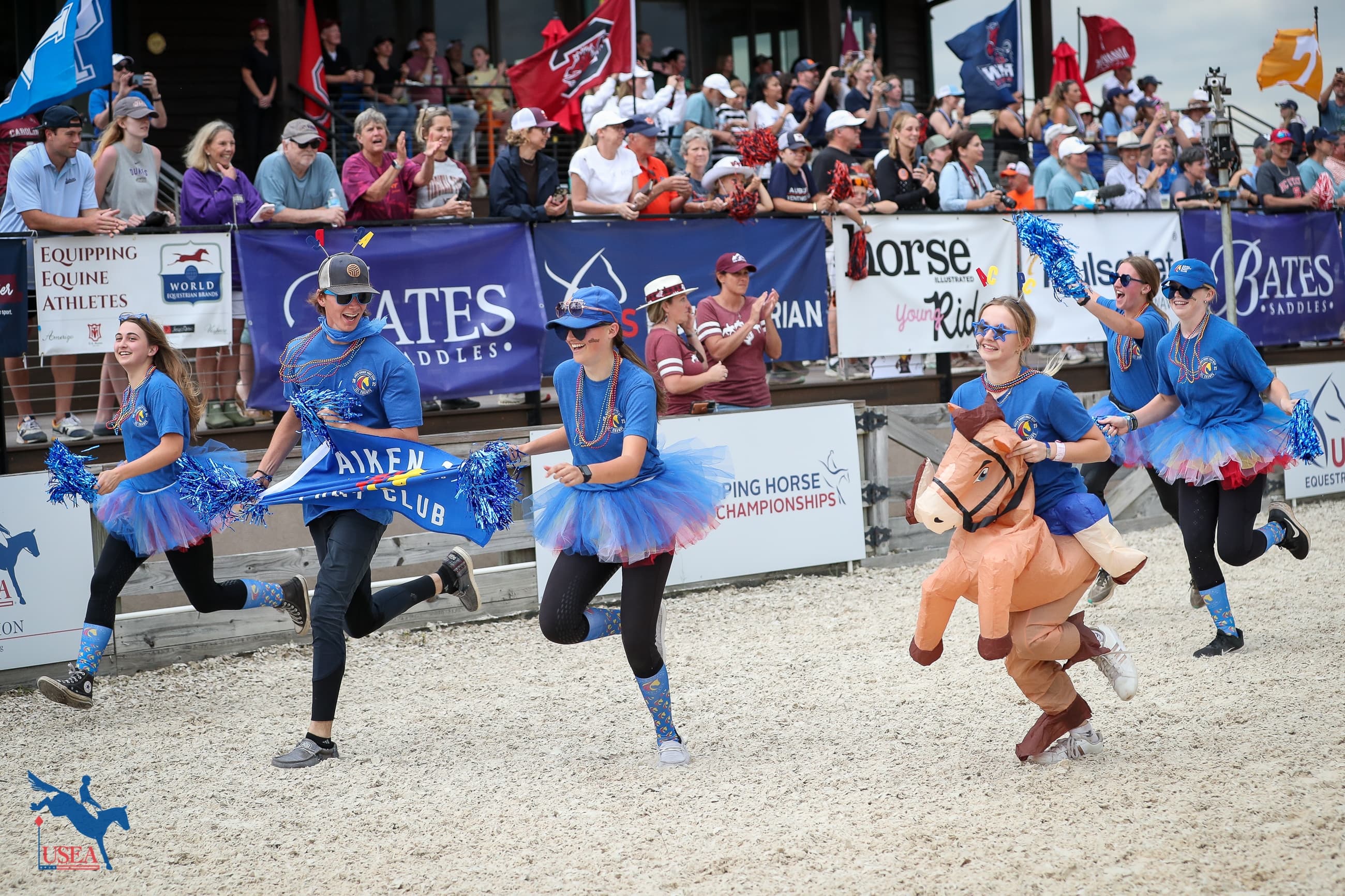On Rules, Course Design, and Growing the Sport of Eventing

Back in the 60’s when I started eventing, Preliminary was the lowest level offered. There were Pony Club rallies that introduced youngsters to the sport, but Preliminary and then Intermediate prepared riders for the top level of Advanced.
Over the last five decades, the USCTA/USEA has followed in the tracks of the hunter/jumper disciplines, offering lower levels of competition to encourage participation by a more varied demographic. Not only have these lower levels enabled a variety of riders to enjoy the sport, but many of these grassroots riders form the backbone of competitions through their volunteerism. Additionally, many lower level riders have become owners of horses for upper level riders, further enhancing the health of eventing.
Over the past few years in committee meetings of the Professional Horsemen’s Council, Membership, Organizers, and Competitions groups, there has been considerable discussion about making the sport even more beginner-friendly. These discussions have raised several ideas such as offering an Introductory level, changing the rules to allow coaching (unauthorized assistance) to Beginner Novice competitors, and being more lenient regarding refusals and falls causing Elimination. These considerations revolve around one basic question: how do we bring more newcomers to eventing? And how do we keep them in the sport once they start?
Most people will agree that the cross-country phase is the heart of eventing. If not for cross-country, many new riders would go to the hunter, jumper, or dressage arenas. Therefore, when we offer a Beginner Novice level, I believe that the cross-country phase should be inviting, simple and encouraging. It should be suitable for a horse and rider who have never been to a horse trials. It should be as natural looking as possible and slightly progressive, so that by the time the horse and rider are half way around, they are confident and looking for the next fence.
Should 33% of those entered in Beginner Novice be eliminated at a trakehner? Should the first fence be the biggest on course? Should the ditch be revetted on both sides and be in a location that is not at all where a natural ditch would occur? Even at the Training level, should the third fence be a coffin? Should the water jump be the third fence on a Novice course? The answer to all of these questions, if we want to grow the sport, is “no.”
In opposition, it has been argued that the upper level riders need to expose their young horses to all sorts of obstacles early in the horses’ careers. The upper level riders can probably start a green horse at Novice where a bit more variety may be introduced, or they can take their horses schooling. These riders are already sold on the sport, and they know very well how to bring along their young horses. It is the newcomer to the sport who we want to encourage, and teach their horses to love the cross-country phase.
Coming from a family of course designers and builders, I am fully aware of the unspoken rivalry among builders to be the most creative in making interesting, crowd-pleasing jumps. But I think those efforts are best used at the upper levels.
My late brother, Pete Costello, said many years ago, “If I build a Beginner Novice course and everyone goes clean, I’ve done a good job.” The same sentiment also applies to novice. If the best dressage score wins at Beginner Novice and Novice, that should only encourage riders to improve their dressage.
As recently as the year 2000, the rules stated that coffin jumps were to be introduced at the Preliminary level, and only on flat land. Now we’re seeing coffins at Novice! Another example of the ‘bracket creep’ is that jumps from water to water could, in the past, only be included at Preliminary, but now we’re seeing some at the Training level.
Perhaps this trend has occurred to try to ease the gap between levels, but many riders will never go beyond Training, and there are those who will stay at Beginner Novice or Novice. Rather than see this as a problem, I believe these lower level riders should be encouraged to enjoy the sport at their comfort level.
In addressing the gap between levels, I think there is an important distinction that lies between the beginning/pleasure rider and the one moving up the levels. The lower level rider might be the amateur without a trailer who relies on their trainer for transportation, preparation and schooling. By the time a rider is ready to go Preliminary, that rider has a good idea about the sport, about training horses, and about the preparation necessary to move up. He or she probably has access to a trainer to help them school. While progression of courses is logical and necessary, keeping the lower level rider in mind and making sure courses are educational and encouraging is of utmost importance, if we want to grow the sport.
The rules of eventing exist to help ensure safety. Luckily, within these rules, a format already exists that could easily accommodate those not quite ready to compete, yet give them exposure to the sport: Eventing Rule EV 122 covers Tests, which can be offered at a recognized competition or separately. Robert Kellerhouse offers these tests at Galway Downs in Area VI, and they benefit those competing in the recognized horse trial as well as newer riders or green horses accompanying their trainer for a first outing. Tests can include dressage rides, show jumping rounds where no one is eliminated and you can keep going after refusals, or skip jumps if you desire. Abbreviated cross-country rounds can be offered at the end of the day in the case that a rider was eliminated on course but wants to school before going home. The possibilities are endless and not only do these tests provide a great starting place for the newcomer, but they bring in more revenue to the organizer.
How can we encourage organizers to host more tests?
How can we encourage course designers, builders and officials to keep the lower levels encouraging and introductory in nature?
Can we think in terms of growing the sport instead of offering mini-Rolex courses to newcomers?
In the answers to these questions lies the growth of eventing.














